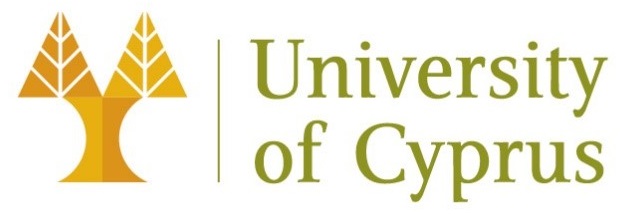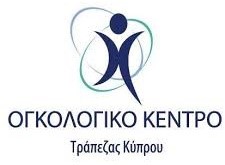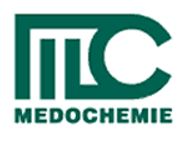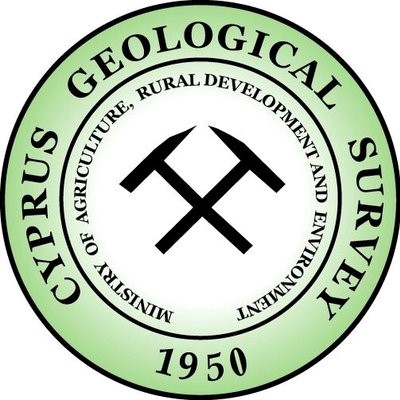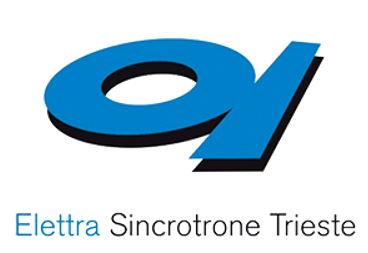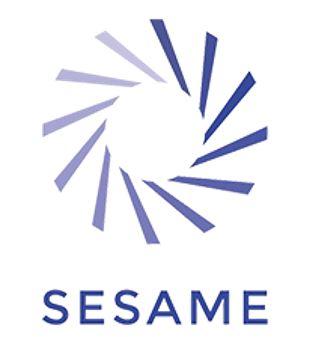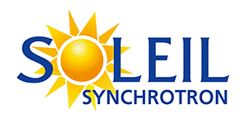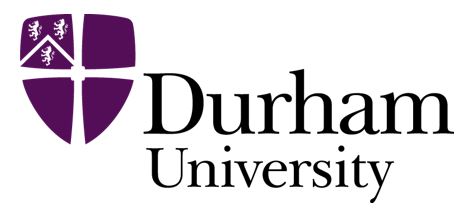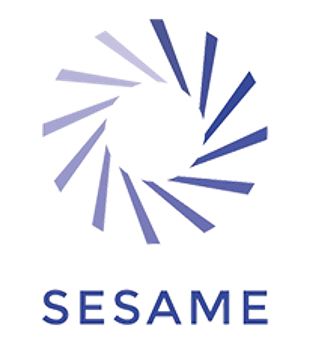
SESAME Synchrotron is the first light-source laboratory in the Middle East. SESAME was established under the auspices of UNESCO before becoming a fully independent intergovernmental organisation in its own right in 2004. SESAME, which stands for synchrotron-light for experimental science and applications in the Middle East, is a particle accelerator-based facility that uses electromagnetic radiation emitted by circulating electron beams to study a range of properties of matter. The establishment of a Middle East scientific collaboration group in the mid-1990s was followed by the donation of the BESSY1 accelerator by the BESSY laboratory in Berlin. Refurbished and upgraded components of BESSY1 now serve as the injector for the completely new SESAME main ring, which is a competitive third-generation light source built by SESAME with support from the SESAME members themselves, the European Commission, CERN and Italy. SESAME’s members are Bahrain, Cyprus, Egypt, Iran, Israel, Jordan, Pakistan, the Palestinian authority and Turkey. Its mission is to provide a world-class research facility for the region, while fostering international scientific cooperation. The storage ring installation was completed in 2016 and the commissioning started in 2017. In March 2017, the storage ring reached an energy of 2.3 GeV and a stored current od 30 mA. The first call for proposals to carry out research at SESAME was recently issued, as the first two instruments (an IR beamline and a XAFS/XRF beamline) will be ready during 2017. Experiments at SESAME will enable research in fields ranging from medicine and biology, through materials science, physics and chemistry to healthcare, the environment, agriculture and archaeology. In addition to the IR beamline SESAME has a FTIR laboratory based spectromicroscopy facility. The Cyprus eepresentative in the SESAME SUC Committee is Dr Kirsi O. Lorentz (the Coordinator of this project proposal).
Key Personnel
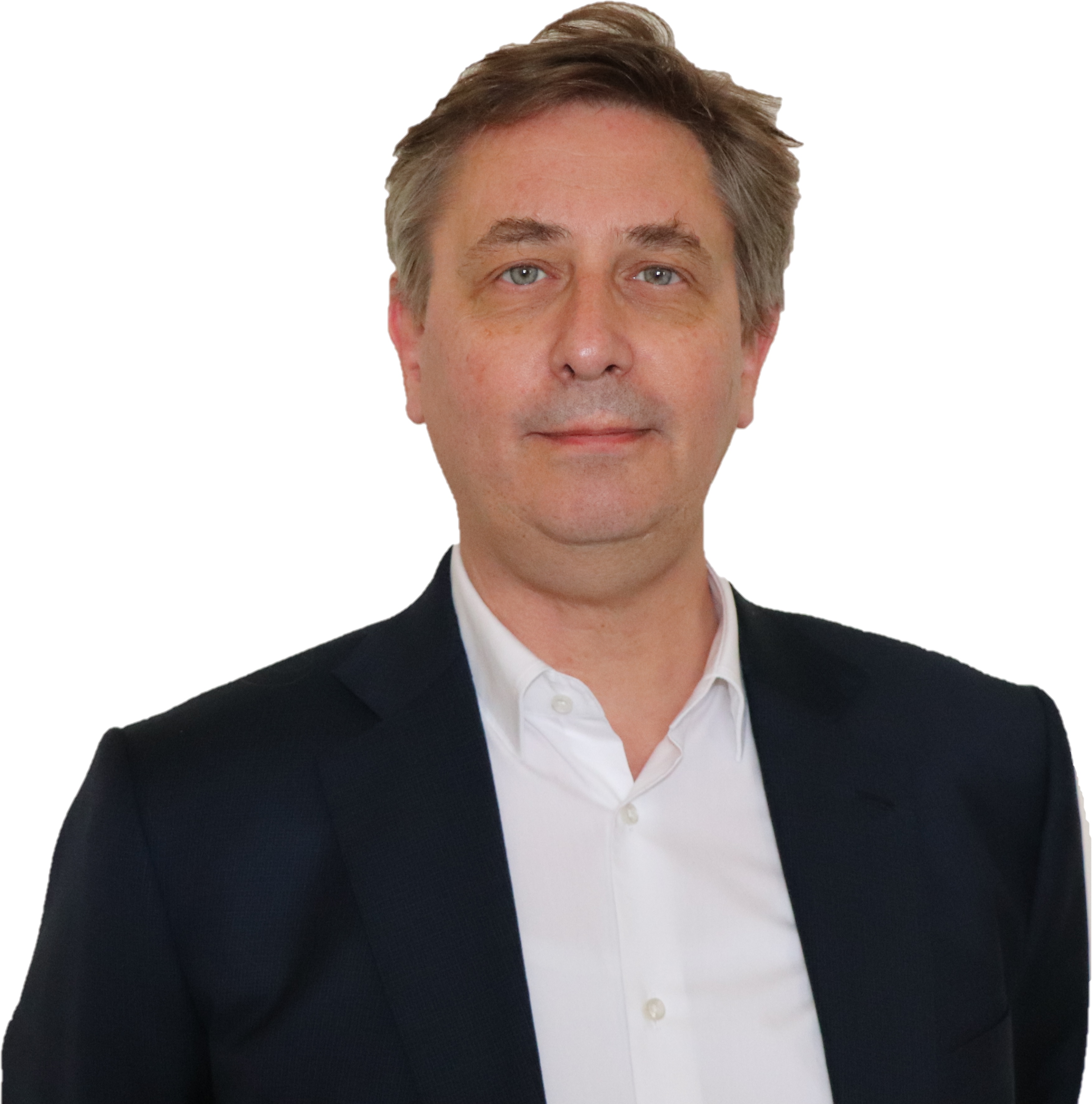 Dr Andrea Lausi is the Scientific Director of SESAME. Andrea Lausi got the “Laurea” degree in physics at the University of Trieste in 1991 with a research on phase transition in two-dimensional systems. After a short period at the University of Genova he spent two years at "Tecnologie Avanzate Superfici e Catalisi" (TASC) national laboratory, working in the group of prof. Fernando Tommasini on diffraction and inelastic scattering from surfaces. In 1993 he obtained a grant from "Consiglio Nazionale delle Ricerche" (CNR) for Chemical Studies, attended at the "Istituto di Strutturistica Chimica - CNR - Rome", Section of Trieste, involved in the design and test of components for the Hard X-ray Diffraction Beamline at the Elettra national synchrotron radiation facility, and in 1994 he was appointed a permanent position as staff member of the XRD1 beamline at Elettra. From 1998 to 2003 he was also a member of the Hard X-ray Optics Laboratory at Elettra. In 2003 he became the project leader of the construction of a new beamline for Powder Diffraction (MCX), open to users in September 2008. This included designing and testing of the various hardware components, such as the collimating and focusing mirrors, all vacuum components, the X-ray diffractometer. Furthermore software was developed for fully automated data collection. Andrea Lausi’s main scientific activity is in the field of x-ray scattering optics and methods (including high pressure powder diffraction, atomic x-ray holography and diffuse scattering). He has worked as the head of the XPRESS beamline for high pressure studies, a position he held until he joined SESAME, Head of Elettra’s MCX Powder Diffraction beamline (2008-2015) and Head of the Laboratory’s Powder Diffraction beamline (2002-2008). Since 2008 he has also been in charge of coordination between all the user beamlines and the machine group at Elettra. Andrea also brings long-standing experience in science communication having been a member, since May 2013, of the Communication Task Force of Elettra, and the person responsible for the Elettra content at lightsources.org. Moreover, in April 2019 he was appointed Chair of the RICE (Research Infrastructure Communications and Engagement) working group of the ERF-AISBL (Association of European-Level Research Infrastructures Facilities).
Dr Andrea Lausi is the Scientific Director of SESAME. Andrea Lausi got the “Laurea” degree in physics at the University of Trieste in 1991 with a research on phase transition in two-dimensional systems. After a short period at the University of Genova he spent two years at "Tecnologie Avanzate Superfici e Catalisi" (TASC) national laboratory, working in the group of prof. Fernando Tommasini on diffraction and inelastic scattering from surfaces. In 1993 he obtained a grant from "Consiglio Nazionale delle Ricerche" (CNR) for Chemical Studies, attended at the "Istituto di Strutturistica Chimica - CNR - Rome", Section of Trieste, involved in the design and test of components for the Hard X-ray Diffraction Beamline at the Elettra national synchrotron radiation facility, and in 1994 he was appointed a permanent position as staff member of the XRD1 beamline at Elettra. From 1998 to 2003 he was also a member of the Hard X-ray Optics Laboratory at Elettra. In 2003 he became the project leader of the construction of a new beamline for Powder Diffraction (MCX), open to users in September 2008. This included designing and testing of the various hardware components, such as the collimating and focusing mirrors, all vacuum components, the X-ray diffractometer. Furthermore software was developed for fully automated data collection. Andrea Lausi’s main scientific activity is in the field of x-ray scattering optics and methods (including high pressure powder diffraction, atomic x-ray holography and diffuse scattering). He has worked as the head of the XPRESS beamline for high pressure studies, a position he held until he joined SESAME, Head of Elettra’s MCX Powder Diffraction beamline (2008-2015) and Head of the Laboratory’s Powder Diffraction beamline (2002-2008). Since 2008 he has also been in charge of coordination between all the user beamlines and the machine group at Elettra. Andrea also brings long-standing experience in science communication having been a member, since May 2013, of the Communication Task Force of Elettra, and the person responsible for the Elettra content at lightsources.org. Moreover, in April 2019 he was appointed Chair of the RICE (Research Infrastructure Communications and Engagement) working group of the ERF-AISBL (Association of European-Level Research Infrastructures Facilities).
 Dr Gihan Kamel is the infrared beamline scientist at SESAME (Synchrotron-light for Experimental Science and Applications in the Middle East), on leave from the Physics Department in the Faculty of Science at Helwan University, Egypt, where she is a lecturer in biophysics. Dr Kamel obtained her Ph.D. in 2011 from the University of Rome, La Sapienza, Italy, and held a research position at the INFN’s Laboratori Nazionali di Frascati from 2014 to 2015. Earlier, in 2007, she was awarded the ParOwn training scholarship at the Italian National Research Council’s Institute of Crystallography for her proposal to explore the theoretical and practical aspects of macromolecular crystallography using new programmes for protein structure determination. In 2015, Dr Kamel decided to return to the Middle East to take up the position of infrared beamline scientist at SESAME, where her responsibilities involve developing the beamline and working with user groups to prepare and run their experiments. Her involvement with SESAME dates back to 2012, when she was nominated as Egypt’s representative on the SESAME users’ committee. SESAME’s experimental programme is scheduled to get underway in summer 2017. Dr Kamel’s research interests lie in the domain of life sciences, specifically in exploring structure-to-function relationships in biomolecules. Bringing a multidisciplinary approach to her work, she is particularly interested in drug development. She is a member of the Egyptian Society of Crystallography and its Applications, the Egyptian National Committee of Crystallography, and was recently nominated as coordinator of the Egyptian Synchrotron Users’ Network. Both committee and network are part of the Egyptian Academy of Scientific Research and Technology. She is currently establishing a Bioinformatics Centre at Helwan University. She also organizes workshops and schools at the national and international levels to build awareness and highlight topics linking science, industry and society.
Dr Gihan Kamel is the infrared beamline scientist at SESAME (Synchrotron-light for Experimental Science and Applications in the Middle East), on leave from the Physics Department in the Faculty of Science at Helwan University, Egypt, where she is a lecturer in biophysics. Dr Kamel obtained her Ph.D. in 2011 from the University of Rome, La Sapienza, Italy, and held a research position at the INFN’s Laboratori Nazionali di Frascati from 2014 to 2015. Earlier, in 2007, she was awarded the ParOwn training scholarship at the Italian National Research Council’s Institute of Crystallography for her proposal to explore the theoretical and practical aspects of macromolecular crystallography using new programmes for protein structure determination. In 2015, Dr Kamel decided to return to the Middle East to take up the position of infrared beamline scientist at SESAME, where her responsibilities involve developing the beamline and working with user groups to prepare and run their experiments. Her involvement with SESAME dates back to 2012, when she was nominated as Egypt’s representative on the SESAME users’ committee. SESAME’s experimental programme is scheduled to get underway in summer 2017. Dr Kamel’s research interests lie in the domain of life sciences, specifically in exploring structure-to-function relationships in biomolecules. Bringing a multidisciplinary approach to her work, she is particularly interested in drug development. She is a member of the Egyptian Society of Crystallography and its Applications, the Egyptian National Committee of Crystallography, and was recently nominated as coordinator of the Egyptian Synchrotron Users’ Network. Both committee and network are part of the Egyptian Academy of Scientific Research and Technology. She is currently establishing a Bioinformatics Centre at Helwan University. She also organizes workshops and schools at the national and international levels to build awareness and highlight topics linking science, industry and society.



